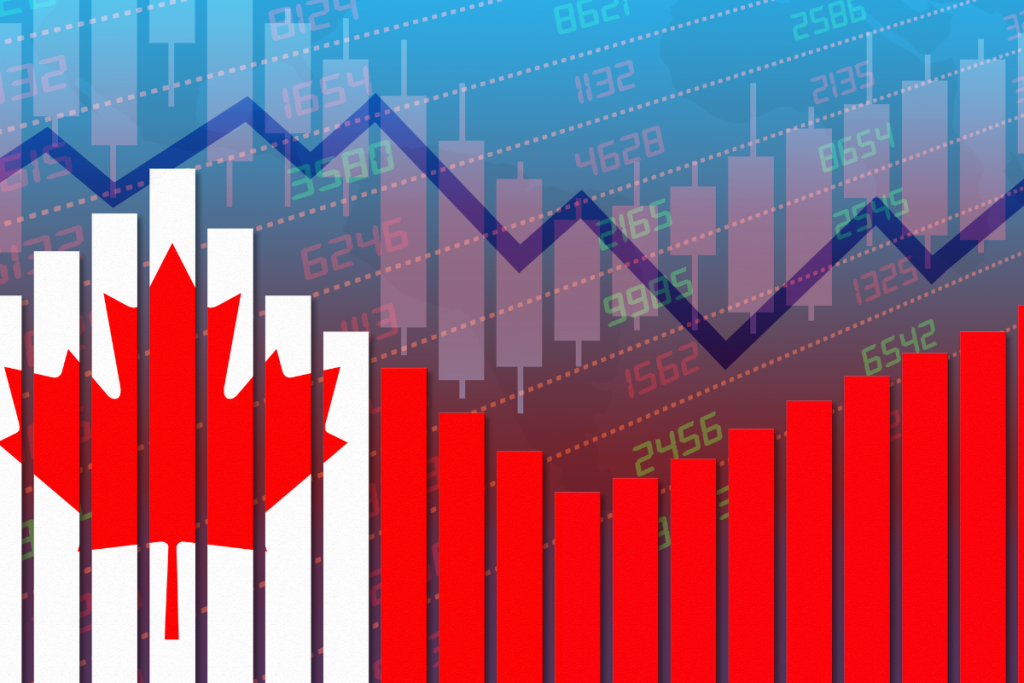Canada’s top port is taking a decisive step to reduce its economic reliance on the U.S. The Port of Vancouver has launched a formal search for a builder to deliver the long-awaited Roberts Bank Terminal 2 Project, a multibillion-dollar expansion that will increase the port’s container handling capacity by 70%. Designed to deepen Canada’s trade with Asia, the terminal is expected to add $3 billion annually to GDP and create more than 18,000 jobs during construction.
A Strategic Build to Rewire Trade Flows
The C$3 billion ($2.2 billion) project has been in development for over a decade but is now entering execution mode, with a request for qualifications issued to interested contractors. The expansion will add capacity for an additional 2.4 million twenty-foot equivalent units (TEUs) per year, on top of the port’s 2024 volume of 3.5 million. That jump positions Vancouver to consolidate its dominance in Canadian maritime trade, already handling nearly as much cargo as the country’s next five ports combined.
Backed by the Canadian federal government’s new fast-track permitting law for infrastructure, the project reflects a broader effort to pivot away from overdependence on U.S. trade, particularly amid renewed tensions triggered by President Trump’s second-term tariff hikes and nationalistic rhetoric. According to CFO Victor Pang, talks with senior government officials are ongoing to explore further ways to accelerate the build.
Politics, Procurement, and Domestic Pressure
Although the terminal has cleared most regulatory hurdles, it is still awaiting final approval from Canada’s Department of Fisheries and Oceans. Meanwhile, questions around procurement transparency remain salient. Pang confirmed the port will not ban bids from U.S. or Chinese companies, despite rising pressure to steer major public projects toward domestic firms. A recent controversy involving British Columbia’s ferry operator, criticized for outsourcing vessel contracts to China, has intensified scrutiny of foreign involvement in public infrastructure.
Still, proximity may work in Canadian suppliers’ favor. Pang noted that local providers of building materials would benefit from shorter delivery routes and cost advantages, making them likely frontrunners even without formal restrictions.
Beyond Capacity: A Test of Strategic Sovereignty
While the terminal’s economic upside is clear, its geopolitical relevance is arguably more profound. By anchoring more trade directly with Asia through a Canadian-controlled corridor, the Roberts Bank expansion reflects a growing trend among middle powers to assert greater autonomy over their global supply chain roles. As trade blocs realign and U.S. trade policy becomes more unpredictable, the ability to independently scale and control infrastructure may prove just as valuable as the capacity itself.




